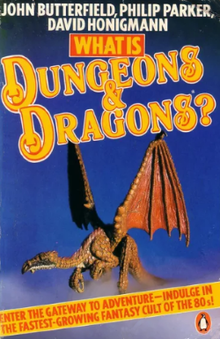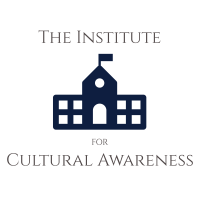In role-playing games (RPGs) and war games, a saving toss is a roll of dice used to decide if enchantment, poison, or different sorts of assaults are powerful against a person or beast. The term was first utilized in the first Dungeons and Dragons halfling d&d names generator pretending game by TSR.
It refers to the person’s ability to stay away from or oppose a threat, such as avoiding snares or resisting the effects of toxic substances. Thus, they are regularly changed by proper traits like Dexterity, Constitution, Wisdom, or Luck. Now and then the toss likewise addresses the shot at entering the protective layer being worn by the person/unit, thus players can either move for a ‘reinforcement save’ (as is frequently the situation), or for the unit’s ‘ward save’ or ‘insusceptibility save’ if relevant. Mysterious gear or spells can likewise alter saving toss esteems.

Savings tosses are addressed as a numeric worth that regularly changes as the person propels inexperience. To effectively make a toss, the person should move dice (regularly a solitary 20-sided bite the dust (“d20”) or three six-sided dice (“3d6”)), accomplishing an outcome dependent on the determined worth of the saving toss which is thought about against triumph esteem. A role, as well as the achievement worth, can be modified according to various RPG frameworks.
A game expert may likewise permit a reward on saving rolls to players who think of innovative ways for their characters to secure themselves. A few games accomplish a comparable randomized outcome by utilization of different instruments including drawing cards, basic challenges of karma, or utilization of tables of arbitrary outcomes.
Certain circumstances allow characters the opportunity to keep away from exceptional kinds of risk or assaults. These odds are called saving tosses or saves. A saving toss is made when a person would come to hurt from phenomenal means, like toxic substances and mysterious impulses in nature.
In the early versions of D&D, there are five classes of saving tosses, given the type of the expected harm:
- Loss of motion, Poison, or Death Magic
- Petrification or Polymorph
- Poles, Staves, Wands – against mystical gadgets
- Spells
- Breath Weapons –, for example, with mythical serpents or gorgons
In the third Edition, they were decreased to three sorts of saving toss dependent on what part of the person was under danger.
Determination – A Fortitude save addresses actual strength. Backbone saves include a person’s protection from an impact that straightforwardly assaults his wellbeing, endurance, or soul. A constitution capacity score affects a character’s backbone save.
Reflex saves address physical dexterity. Reflex recovery is influenced by adroitness capacity score.
Will – A Will saves include a person’s psychological protection from mental predominance, disarray, stress, and craziness. The insight capacity score influences will save.
In the fourth Edition, there is just one sort of saving toss. Saving throws are typically moved after a person has been effectively influenced by an attack (by hitting their AC, courage, reflex, or will defence, which the third Edition save had been replaced with), moved each round to give the person a chance to reset themselves. They are mainly intended to work on record-saving for effects lasting more than around, but not necessarily on experience.
In the fifth Edition, saving tosses are expressly attached to the capacity scores, and convey their names, bringing about six classifications of recoveries. A saving toss is performed likewise to an expertise check, with a d20 roll result added to the significant capacity modifier and, if material, the capability reward.




